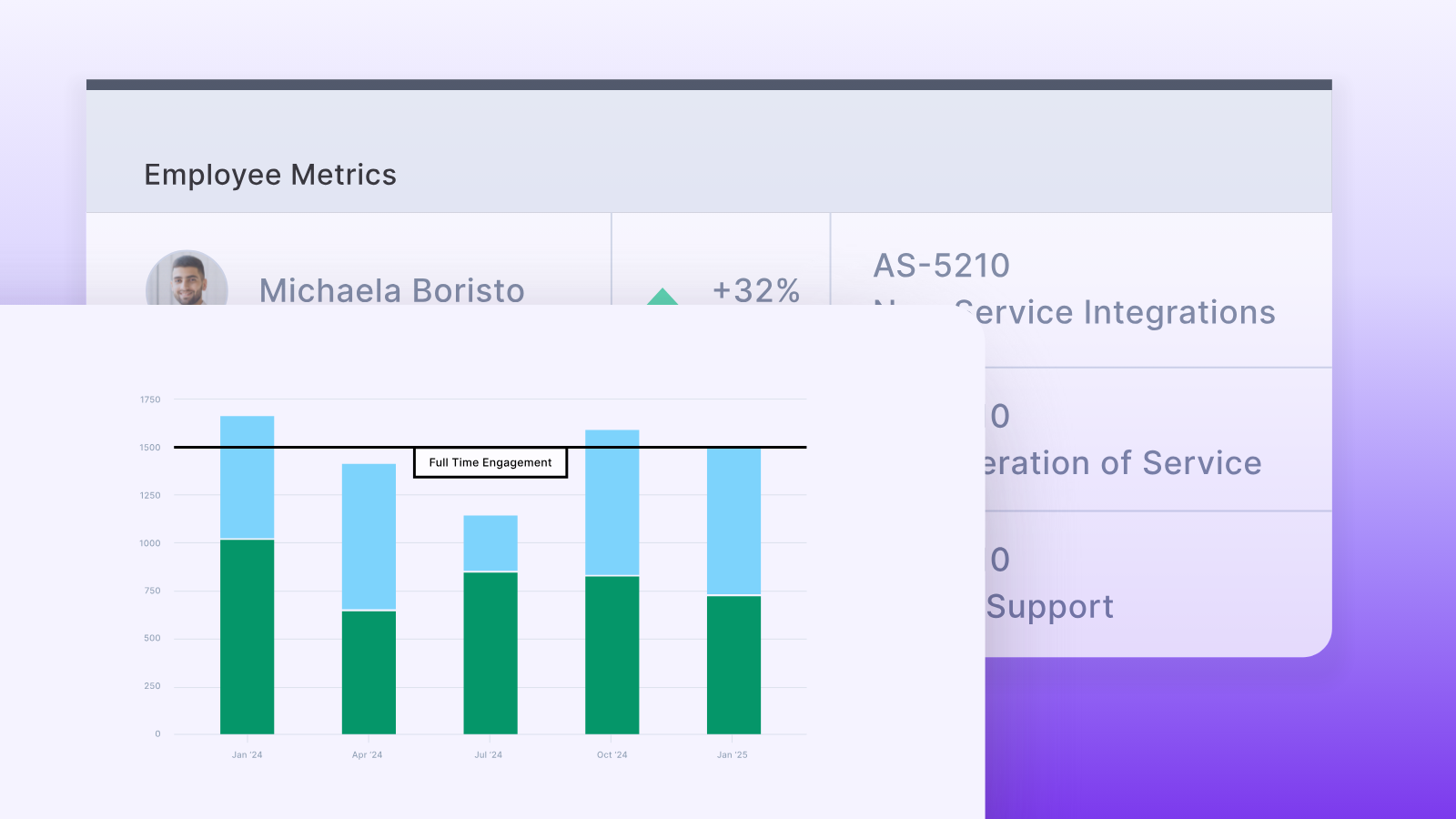.png)
Software Engineering Intelligence
-
Intelligence Engine
On-demand exhaustive AI-analysis
-
Engineering Investment
Complete visibility into time & dollars spent
-
360º Insights
Create meaningful reports and dashboards
-
Project Forecasting
Track and forecast all deliverables
DevEx
-
Developer Surveys
Create and share developer surveys
Software Capitalization
-
R&D Capitalization Reporting
Align and track development costs
Metrics Viewpoint: The Positives and Negatives of Using Lines of Code
When measuring software developers, using lines of code as a key metric has its advantages and disadvantages.
.png)
Here are some of the positives and negatives.
Positives
- Quantifiable: Lines of code provide a tangible and measurable metric, making it easier to track and compare developer productivity across projects and teams.
- Objective: Unlike subjective measures, lines of code offer a more objective way to evaluate output, reducing potential biases or favoritism in performance assessments.
- Familiarity: Developers and managers are generally familiar with the concept of lines of code, making it an accessible and understandable metric for both parties.
- Simplicity: Counting lines of code is a relatively straightforward process, requiring minimal effort or specialized tools, making it easy to implement and maintain.
- Historical precedent: Lines of code have been used as a productivity metric for decades, providing an established benchmark for comparison.
Here are 2 examples that enable comparing code speed and build success.
Negatives
- Quality over quantity: Lines of code do not necessarily reflect the quality, efficiency, or maintainability of the code produced, as more lines do not necessarily equate to better software.
- Context insensitive: This metric does not account for the complexity of the task, the language used, the coding style, or the specific requirements of the project, making it a one-size-fits-all approach.
- Incentivizes bad practices: Focusing solely on lines of code can encourage developers to write verbose, redundant, or poorly structured code to inflate their numbers, compromising code quality and readability.
- Ignore other contributions: Non-coding activities, such as documentation, code reviews, mentoring, and project planning, are often overlooked when using this metric, failing to capture the full scope of a developer's contributions.
- Discourages refactoring: Developers may be hesitant to refactor or improve existing code if it reduces their line count, leading to technical debt and suboptimal code quality over time.
Using comparative quality metrics like these below help describe if the speed of commits and overall software quality are in balance.
In summary, while lines of code offer a simple and quantifiable way to measure developer output, it is a narrow and potentially misleading metric when used in isolation. A more comprehensive approach that considers code quality, complexity, effectiveness, and other non-coding contributions is often preferable for accurately assessing developer performance and productivity. Lines of code should be used cautiously and in conjunction with other metrics for a well-rounded evaluation.
Contact us today to: Discuss key engineering metrics!


%20If%20You%20Cant%20Measure%20It%2c%20You%20Cant%20Manage%20It!%20-%20From%20Every%20Angle.png)
